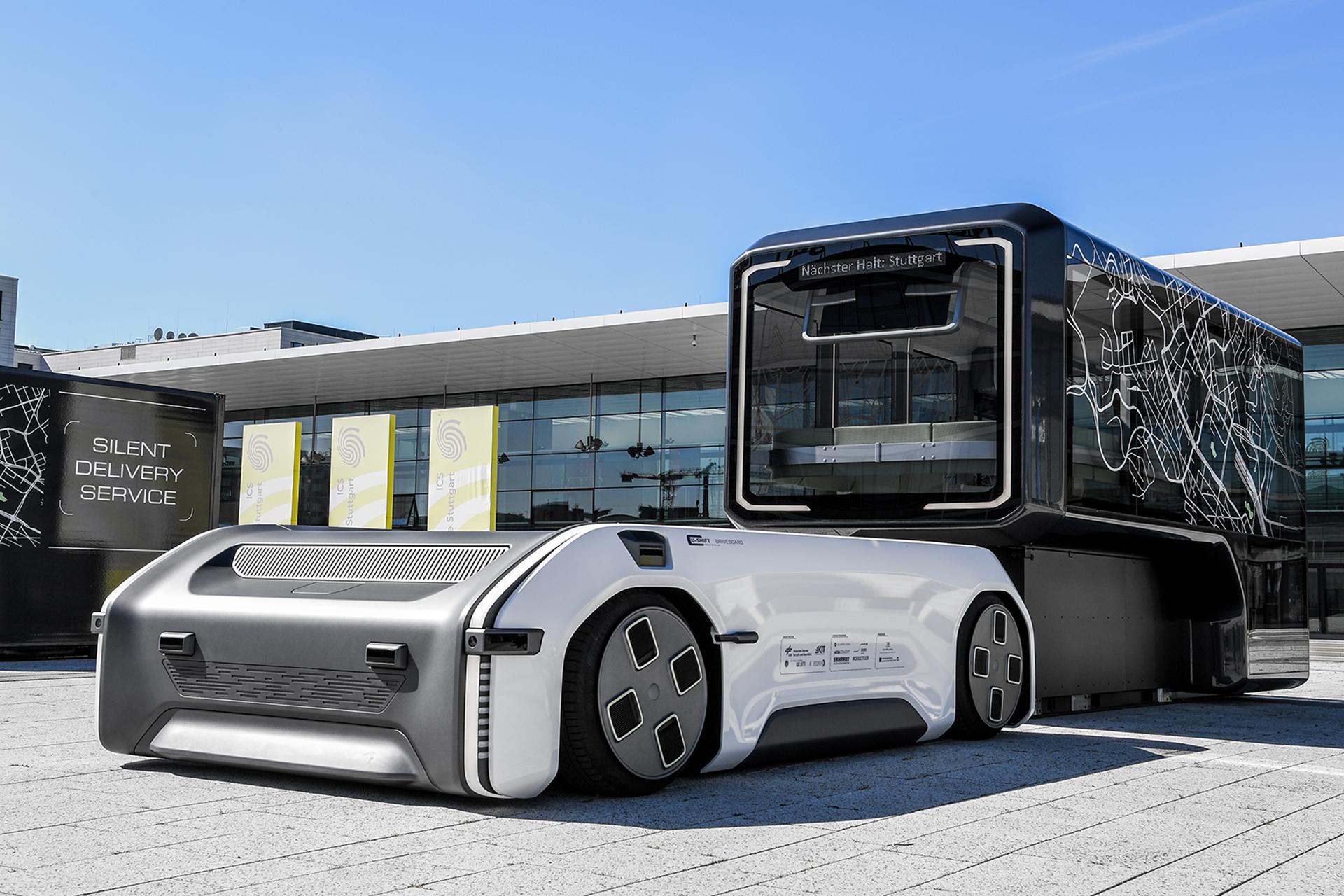Our #TECH_Newser covers ‘news of the day’ #techNewserTechnology content.
| cutline • press clip • news of the day |
Rocket Factory Augsburg adds pinch of sustainability to space exploration – Innovation Origins.
Employees of the German aerospace company Rocket Factory Augsburg (RFA) held their breath during the very first test of their Helix engine last month. It was the first time that the engine had actually been fired up, even though the engine itself did not move an inch towards space. Nevertheless, the 74 seconds that the motor ran gave them a good indication of how this rocket from the German company would perform in a real launch. The engine is more sustainable than the rocket engines that have been developed so far.
It was the last step in the plan of RFA to develop a rocket launcher for satellites, which can serve several customers (and their diverse range of purposes) during one and the same mission. The company has been making use of a site in Sweden for its rocket tests since 2020. RFA plans to conduct an integrated system test with the upper stages of the rocket in conjunction with the Helix engine at the end of 2022.

German Aerospace Center DLR introduces multifunctional vehicle of the future – Innovation Origins
A self-propelled docking station to which different forms of vehicles can be connected such as a freight container or a passenger shuttle. In short, this … Continued
New satellites
Jonas Kellner, Head of Marketing, Communications & Public Affairs at Rocket Factory Augsburg thinks outside the box when it comes to visualizing the various opportunities and industries that stand to benefit from low-orbit satellites. Among other things, he cites developments such as network support for autonomous vehicles, or providing Internet connectivity to remote areas. For that, a whole range of new satellites will be needed that revolve around the Earth in low orbit.
“There are plenty of other possibilities. You can deploy satellites to help with disaster management or gather information to verify insurance claims. RFA can provide various companies that use satellites with a rocket that can serve these different purposes during the same space voyage.”
It represents a unique and burgeoning market that has not yet been tapped into by many companies. SpaceX and BlueOrigin are among the few companies manufacturing similar types of rockets. RFA is so far the only company in Europe that has tested this kind of combustion engine.
Stainless steel
On paper, the launch capabilities of the RFA are impressive. The spacecraft can carry a payload of 1,300 kg, an increase of 30 percent in terms of efficiency compared to rockets with traditional open-cycle engines. The 30-meter-high rocket is capable of reaching an orbit 700 km above Earth. What’s more, the rocket can be assembled with several parts that can be printed with a commercial 3D printer.
Carbon composite bodies are popular for engine assemblies. That said, RFA also uses stainless steel for the first and second stages. This means that the walls can be made thinner. Which in turn saves weight. As a consequence, the company believes it will soon be able to manufacture rockets in large quantities to meet the expected demand for satellite launches into space.
Sustainable rockets
Launching rockets is not without environmental repercussions. The ground at launch pads becomes chemically contaminated. Combustion engines produce soot particles in the atmosphere. Acid rain can also form as a result of the launches.
Kellner understands this. He contends that RFA wants to do things differently with their rocket and the engine it uses. “In an open-cycle engine, the gas that drives the turbine and thereby the pumps is eventually just discharged into the atmosphere. In a closed-cycle engine, we reuse this gas. This is because it still contains a lot of unburnt fuel. That is then fed back into the main combustion chamber. Which not only makes the whole engine much more efficient and powerful, but also more environmentally friendly.”
Kellner also emphasizes that recycling is a key consideration. “Our first stage will be reusable. That leads to less CO2 emissions resulting from new manufacture. But it also leads to less pollution of the oceans from old rocket stages.”
Also, the new rocket has a longer lifespan. The spacecraft can last up to five years. The idea is that the rocket will also be used for its ability to perform maintenance and repairs on satellites, or to bring satellites back to Earth that have reached the end of their life cycle.
‘News of the Day’ content, as reported by public domain newswires.
Source Information (if available)
It appears the above article may have originally appeared on innovationorigins.com and has been shared elsewhere on the internet, repeatedly. News articles have become eerily similar to manufacturer descriptions.
We will happily entertain any content removal requests, simply reach out to us. In the interim, please perform due diligence and place any content you deem “privileged” behind a subscription and/or paywall.
First to share? If share image does not populate, please close the share box & re-open or reload page to load the image, Thanks!



